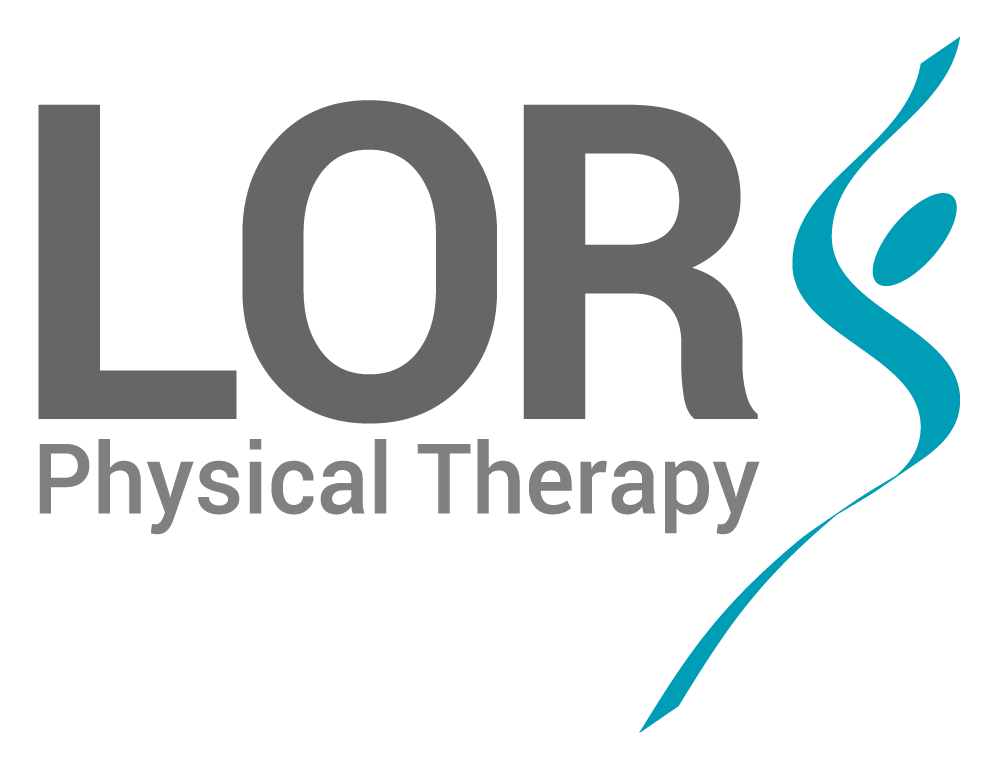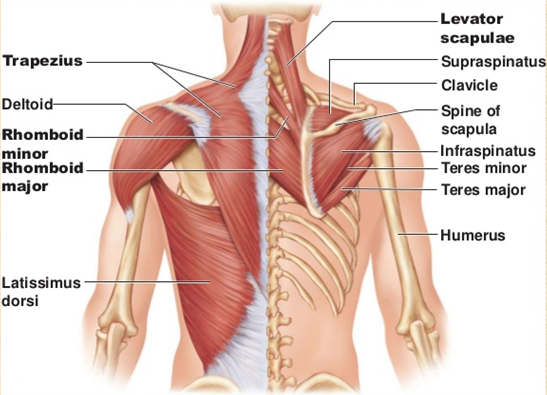How To Fix Your Shoulder By Treating Your Upper Back
When treating your shoulder pain, what percentage of the time would you spend focusing on the shoulder?
80%?
90%?
More?
Now, this may sound like a silly question but it’s an important one to ask.
From a rehab perspective, there’s often a strong focus on rotator cuff strength, shoulder muscle tightness, shoulder posture, and shoulder blade function among other shoulder-specific factors.
And this always makes perfect sense considering the shoulder is what hurts.
But what if there was more to most shoulder injuries than we realize? What if there was a highly neglected area that defines the health and function of your shoulder? One that deserves just as much, if not more attention than the shoulder itself.
Interestingly, there is.
And if the title of this post didn’t give it away, we are talking about your upper back.
Let’s discuss why.
The Shoulder’s Relationship To The Upper Back
The upper back (and neck) plays an important role in shoulder function for one very simple reason.
They’re literally connected.
Anatomy of the Upper Back
Anatomically a lot of shoulder muscles anchor to the upper back.
It’s a vast area when you consider it encompasses the Thoracic Spine and rib cage.
Muscles like the Trapezius, Rhomboids, Serratus Anterior, Levator Scapulae, and Latissumus Dorsi all connect to the shoulder and shoulder blade via the thoracic spine.
Interestingly, we often forget muscles like the Pectoralis Major and Pectoralis Minor also attach to the upper back - from the front. They also have a strong influence on normal shoulder function.
So it’s important to understand that the function of the upper back and shoulder is heavily linked.
The Effect of Upper Back Stiffness on Shoulder Pain
Clinically, upper back mobility (or a lack thereof) has an enormous effect on shoulder function.
Thanks to the modern sedentary world where poor spinal shapes are commonplace, we are in the midst of an epidemic of stiff upper backs. And often without realizing.
Driving, sitting hunched at your desk, slouching into the family couch or even just sitting down to recover from all the sitting we do during the day can leave us overloaded and stiff through the upper back and rib cage.
This stiffness is crucial - for all the wrong reasons.
Mechanically, something as simple as lifting up your arm requires smooth movement from the shoulder blade. Guess what happens when the path it usually takes becomes stiff and tight?
That’s right, we see compensation.
And this compensation can set us up for many of the non-traumatic shoulder aches and pains we see. These hidden restrictions act as a handbrake to normal function, setting us up for injury and dysfunction down the track. Furthermore, it can rob us of our natural buffer against traumatic shoulder injuries
Common Shoulder Complaints Associated With Upper Back Stiffness
Shoulder Impingement
Rotator Cuff Tear
Shoulder Bursitis
Bicep Tendon Tear
Shoulder Arthritis
Tight Pecs
Feeling like you carry your stress in your shoulders and neck
Upper Back Mobility Exercises
Thankfully, restoring motion to the upper back can be pretty straight forward. All you need is something as simple as a lacrosse ball or tennis ball.
Remember, we aren’t just looking to free up tight muscles, we are intensely interested in what those deeper thoracic joints and rib joints are doing. Stretching alone won’t unglue these joints, they need to be targeted. Interestingly, a lot of upper back muscular tightness is actually a response to deeper joint stiffness. By freeing up the joints you may see those chronically tight muscles slowly lose the need to be tight in the first place.
So what should you do?
Lie down with your ball gently pressing into your upper back. You don’t need to roll around, just let it sink into anything that feels restricted and tight. If you’re unsure what that feels like, compare sides. One side is typically more restricted than the other and it can make for a great contrast.
Spend the most time on the areas that feel the stiffest. It’s pretty basic.
If lying down doesn’t work for you try it up against a wall.
Similarly, once you find a stiff area, you can increase the effectiveness of the exercise by gently moving your arm. By applying pressure to the right spots and then actively moving your arm, you can sheer free these restrictions a little faster and with more context.
Check out your shoulder movements before and after to get an immediate sense of how much of an impact each spot has on your shoulder symptoms.
Finally, no attempts at restoring normal motion to the upper back can be complete without discussing good postural habits.
If you can’t re-train yourself to keep those shoulders from slouching then it’s almost impossible to stay loose in the right areas. Anything postural-related will forever be boring and unsexy, but it’s crucial to master if you want to rid yourself of any upper back stiffness and by extension - most shoulder complaints.
Conclusion
So if you or someone you know is struggling with a persistent or annoying shoulder complaint, try freeing up your upper back. By doing so you may uncover the underlying reason why your shoulder became a problem in the first place. Take a step back and consider why those areas became stiff in the first place (hint: think postures, shapes, and positions) and you may have all the information you need to truly solve the issue.
Ultimately, consider booking in for an appointment and let us have a look for you. Sometimes it’s tricky to find these stiff areas if you don’t know what you’re looking for. Once you do it should be far smoother sailing.
Good luck!
Call us now on (949) 443 5442 and have your shoulder assessed by professionals.

